Oxton
The name Oxa-tún derives from Old Norse, meaning "a farm
or enclosure where oxen are kept".
By 1278, the name had been adapted into
Old English as Oxeton and was recorded as Oxon in 1549
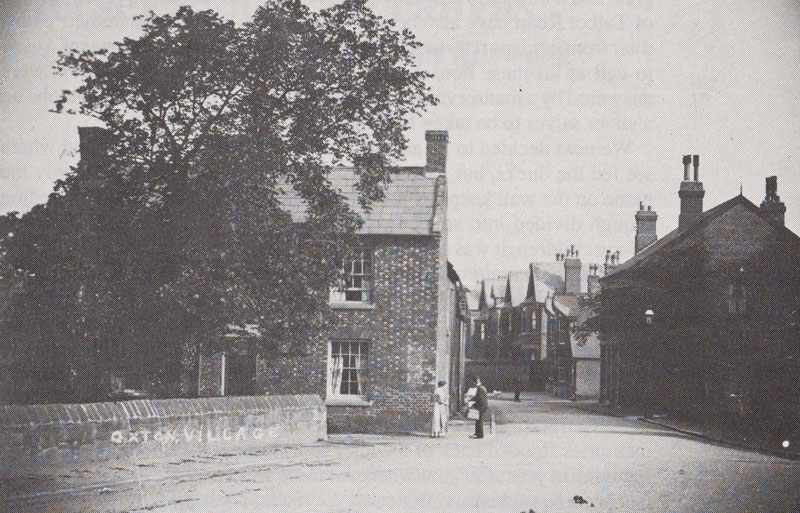 |
|
Oxton was once one of the most affluent areas in England mainly due to its proximity to Liverpool and the fact that along with various other Wirral locations, it was a favourite residential area for wealthy Liverpool merchants and tradesmen of the time. Oxton Village is a mainly early Victorian era settlement with fine sandstone and brick built houses, many of which now form part of a conservation area designated in April 1979 and administered by the Metropolitan Borough of Wirral. Some of these buildings have been designated by English Heritage as Grade II listed. A significant part of the land on which Oxton is situated was part of the Estate of the Earl of Shrewsbury - this has been commemorated over the years in many of the road names, which bear the family names and titles of the various Earls: Alton Road, Beresford Road, Chetwynd Road, Ingestre Road, Shrewsbury Road, Talbot Road, Waterford Road and Wexford Road. The oldest pub in Oxton Village is called the 'Shrewsbury Arms' (presumably for the same reason) and the bar which at present is known as the 'Oxton Bar and Kitchen' was formerly the 'Talbot Hotel'. |
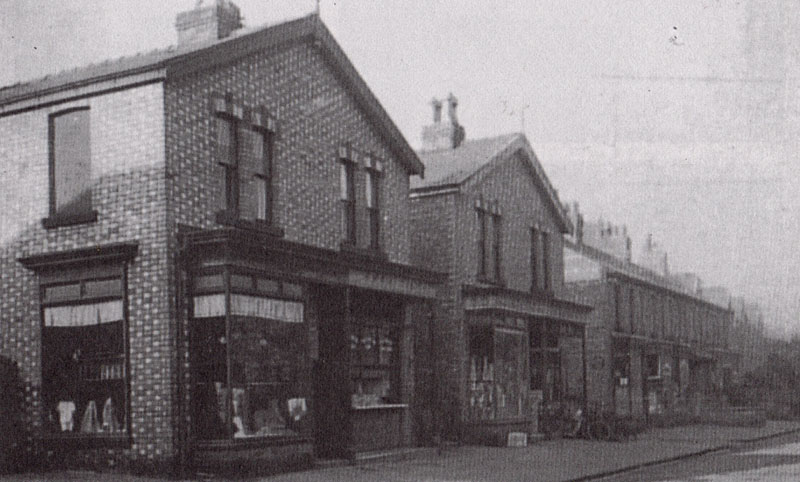 |
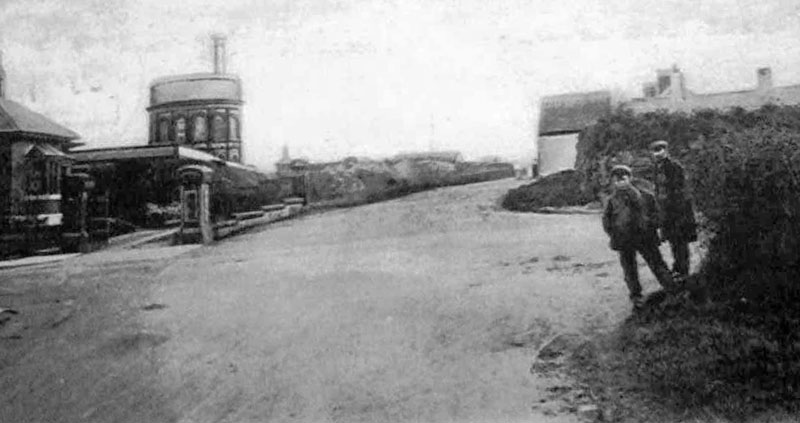 Victorian Water Tower |
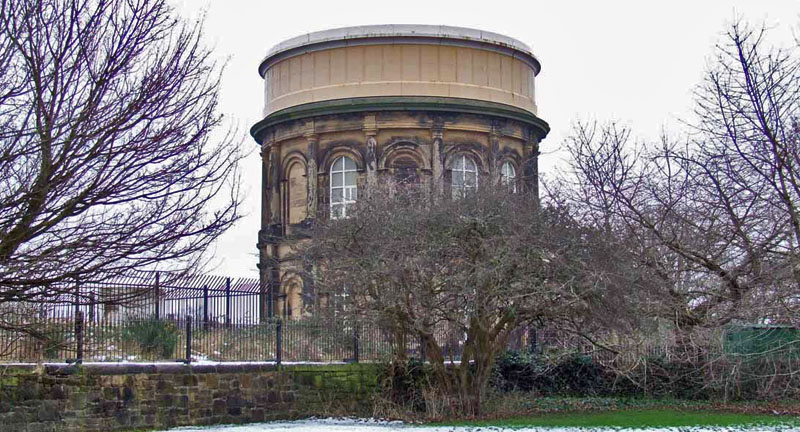 |
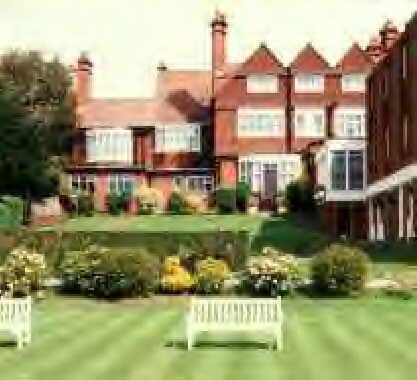 Bowler Hat |
| https://en.wikipedia.org/wiki/Oxton,_Merseyside |